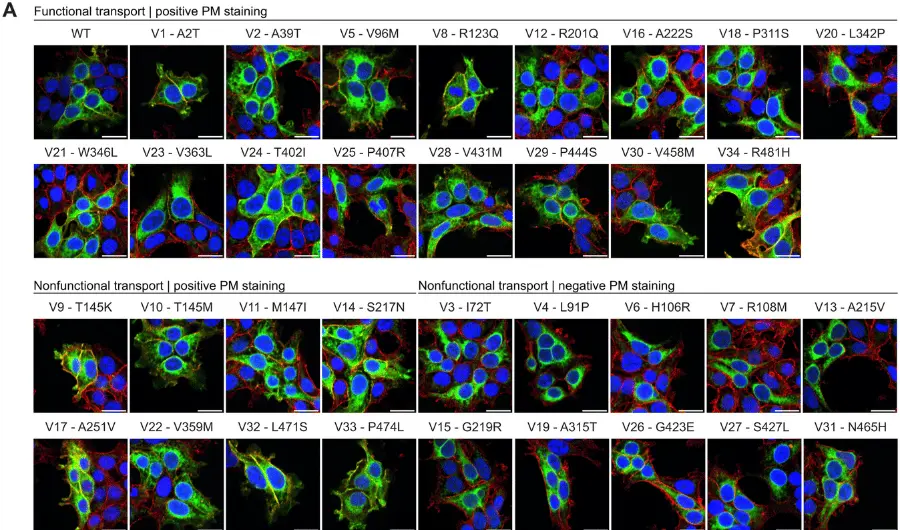Incidence and Prevalence of Major Epilepsy-Associated Brain Lesions
February 14, 2022
Abstract found in ScienceDirect and originally published in Epilepsy & Behavior
Epilepsy surgery is an effective treatment option for drug-resistant focal epilepsy patients with associated structural brain lesions. However, little epidemiological data are available regarding the number of patients with these lesions. We reviewed data regarding (1) the prevalence and incidence of epilepsy; (2) the proportion of epilepsy patients with focal epilepsy, drug-resistant epilepsy, and drug-resistant focal epilepsies; and (3) the number of epilepsy presurgical evaluations and surgical resections. We also assessed the relative proportion of brain lesions using post-surgical histopathological findings from 541 surgical patients from the Cleveland Clinic and 9,523 patients from a European multi-center cohort. Data were combined to generate surgical candidate incidence and prevalence estimates and the first lesion-specific estimates for hippocampal sclerosis (HS), low-grade epilepsy-associated brain tumors (LEAT), malformations of cortical development (MCD), glial scars, vascular malformations, and encephalitis. The most frequently diagnosed brain lesions were HS (incidence = 2.32 ± 0.26 in 100,000, prevalence = 19.40 ± 2.16 in 100,000) for adults and MCD (incidence = 1.15 ± 0.34 in 100,000, prevalence = 6.52 ± 1.89 in 100,000) for children. Our estimates can guide patient advocacy groups, clinicians, researchers, policymakers in education, development of health care strategy, resource allocation, and reimbursement schedules.







